Homeschool Social Studies Curriculum
Though there are more than seven billion people on the planet, each person is unique. Our social studies courses for students in preschool through high school explore the interactions between people groups, the government systems that provide the structure for the countries of the world, the economic systems that determine the flow of capital, and our role as citizens of the countries in which we reside.
Please use the key below to see what components a class includes. Please note: the class will contain a combination of the components listed.
Quick Links: Social Studies Curriculum by Grade Level
- All About Careers: Go to lessons or read more.
- Ancient Citizens in Ancient Civilizations: Go to lessons or read more.
- Checks and Balances: Go to lessons or read more.
- Discovering American Folktales: Go to lessons or read more.
- Elementary Economics for First Grade: Go to lessons or read more.
- Elementary Economics for Second Grade: Go to lessons or read more.
- Elementary Economics for Third Grade: Go to lessons or read more.
- Elementary Economics for Fourth Grade: Global Economics: Go to lessons or read more.
- Elementary Economics for Fifth Grade: Interdependent Economics: Go to lessons or read more.
- Exploring Citizenship in First Grade: Go to lessons or read more.
- Exploring Social Studies for Beginners: Go to lessons or read more.
- Foods and Food Production: Go to lessons or read more.
- Growing in Citizenship in Second Grade: Go to lessons or read more.
- Rights of Citizens for Third Graders: Go to lessons or read more.
- Rights of Citizens for Fourth Graders: Go to lessons or read more.
- Stepping Through History: Starting with You: Go to lessons or read more.
- Stories of Great Americans for Little Americans: Go to lessons or read more.
- Strengthening Behavioral and Social Skills: Go to lessons or read more.
- Who Are Community Helpers? Go to lessons or read more.
- Western Hemisphere Social Studies: Go to lessons or read more.
These unit studies may be found in History, Geography, and Social Studies Unit Studies.
- All About Inventions (2nd–5th) by The Old Schoolhouse®
- All About the World Grades 1–5 by The Old Schoolhouse®
- A Timeline of Hieroglyphics to Hypertext: A Timeline of the Written Word (4th–6th) by World Book
- A Timeline of Smoke Signals to Smartphones: A Timeline of Long-Distance Communication (4th–6th) by World Book
- A Timeline of Stargazing to Space Travel: A Timeline of Space Exploration (4th–6th) by World Book
- Blaise Pascal – Mathematician Extraordinaire (3rd–7th) by Diana Waring
- Changes in Transportation, Communication, and Technology (2nd–4th) by SchoolhouseTeachers.com
- Flag Etiquette (2nd–4th) by SchoolhouseTeachers.com
- Hometown Heroes (1st–3rd) by Cindy Downes
- Inventions and Discoveries: Economics (5th–8th) by World Book
- Land of Liberty: Liberia Unit Study (4th–6th) by Bonnie Rose Hudson/WriteBonnieRose
- Learning Ladders – Community Helpers (1st–2nd) by World Book
- Learning Ladders – Jobs to Do (1st–2nd) by World Book
- Learning Ladders – Famous Buildings (1st–2nd) by World Book
Please note: This book features religious buildings from various faiths. - Learning Ladders – Inventions (1st–2nd) by World Book
Please note: This book has one image of a caveman when mentioning 3000 BC. - Life Lessons from Christian Luminaries: Betty Green (3rd–7th) by Diana Waring
- Life Lessons from Christian Luminaries: David Livingstone (3rd–7th) by Diana Waring
- Life Lessons from Christian Luminaries: Dr. Paul Brand (3rd–7th) by Diana Waring
- Life Lessons from Christian Luminaries: Isobel Kuhn (3rd–7th) by Diana Waring
- Mary Slessor-White Ma of Calabar (3rd–7th) by Diana Waring
- True or False? Fashion & Clothes (3rd–5th) by World Book
- True or False? Outlaws (3rd–5th) by World Book
- True or False? Weird Food (3rd–5th) by World Book
- All About Careers: Go to lessons or read more.
- American Government: Go to lessons or read more.
- Ancient Citizens in Ancient Civilizations: Go to lessons or read more.
- Checks and Balances: Go to lessons or read more.
- Elementary Economics for Sixth Grade: Currency and Its Impact: Go to lessons or read more.
- Free Market Economics: Go to lessons or read more.
- Learning About World Cultures: Go to lessons or read more.
- Mock Trial: Go to lessons or read more.
- Western Hemisphere Social Studies: Go to lessons or read more.
These unit studies may be found in History, Geography, and Social Studies Unit Studies.
- All About Inventions (2nd–5th) by The Old Schoolhouse®
- All About the World Grades 6–8 by The Old Schoolhouse®
- A Timeline of Hieroglyphics to Hypertext: A Timeline of the Written Word (4th–6th) by World Book
- A Timeline of Smoke Signals to Smartphones: A Timeline of Long-Distance Communication (4th–6th) by World Book
- A Timeline of Stargazing to Space Travel: A Timeline of Space Exploration (4th–6th) by World Book
- Blaise Pascal – Mathematician Extraordinaire (3rd–7th) by Diana Waring
- Inventions and Discoveries: Economics (5th–8th) by World Book
- Land of Liberty: Liberia Unit Study (4th–6th) by Bonnie Rose Hudson/WriteBonnieRose
- Life Lessons from Christian Luminaries: Betty Green (3rd–7th) by Diana Waring
- Life Lessons from Christian Luminaries: David Livingstone (3rd–7th) by Diana Waring
- Life Lessons from Christian Luminaries: Dr. Paul Brand (3rd–7th) by Diana Waring
- Life Lessons from Christian Luminaries: Isobel Kuhn (3rd–7th) by Diana Waring
- Mary Slessor-White Ma of Calabar (3rd–7th) by Diana Waring
- American Government: Go to lessons or read more.
- Constitution and Bill of Rights: Go to lessons or read more.
- Free Market Economics: Go to lessons or read more.
- Free Men and Free Markets: Government and Economics: Go to lessons or read more.
- Mock Trial: Go to lessons or read more.
- Seven Principles of Liberty: Government from a Christian Perspective: Go to lessons or read more.
These unit studies may be found in History, Geography, and Social Studies Unit Studies.
- Heroes: Saving Jewish Lives from the Nazis (9th–12th) by Vision Video
- WWI Military Chaplains (9th–12th) by Vision Video
These unit studies may be found in History, Geography, and Social Studies Unit Studies.
- Changing History Theories and How to Teach Them (Parent/Family) by The Old Schoolhouse®
- Eyewitness History: Hunger and the Great Depression (Parent/Family) by The Old Schoolhouse®
- Wonders of Flight (Parent/Family) by The Old Schoolhouse®













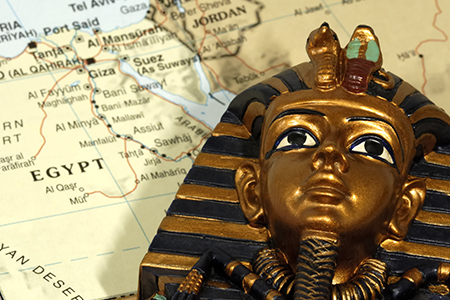
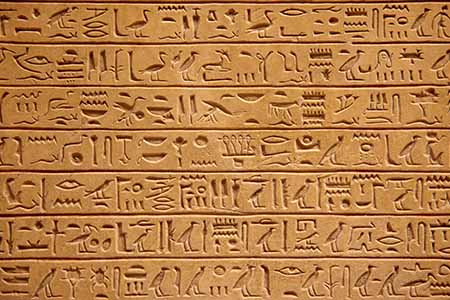







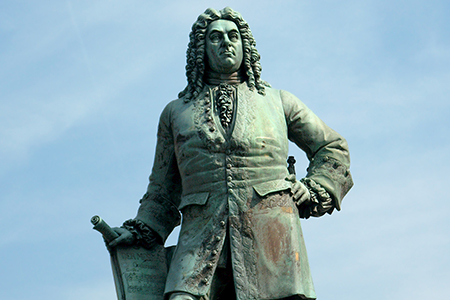
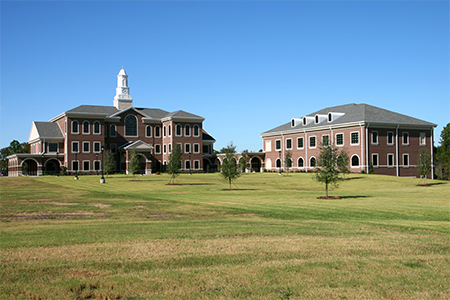
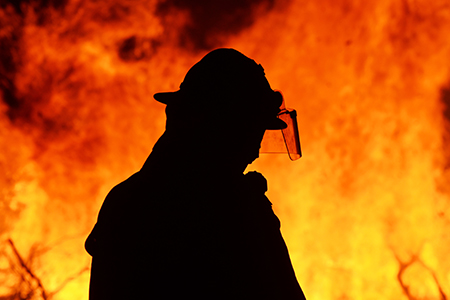
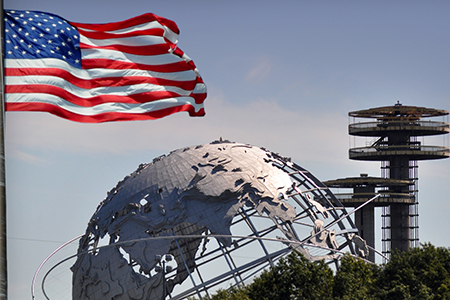





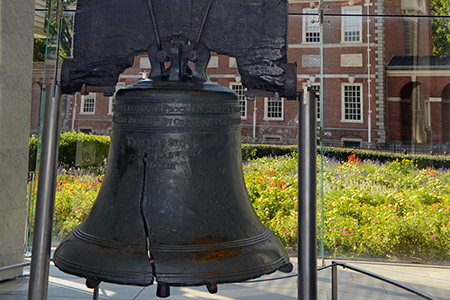

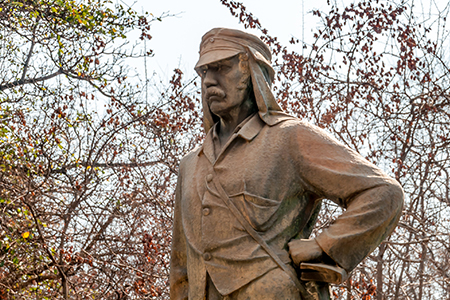
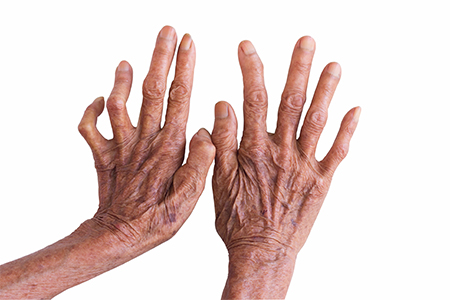
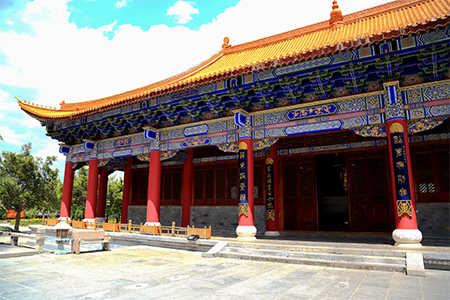

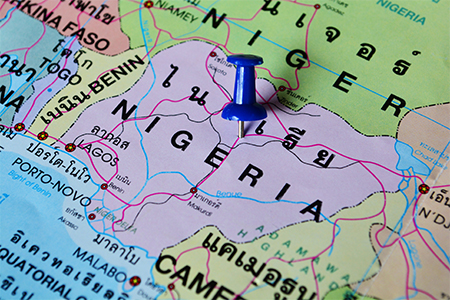
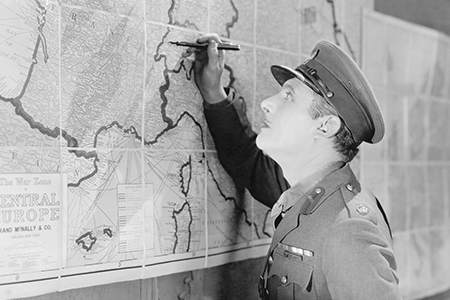


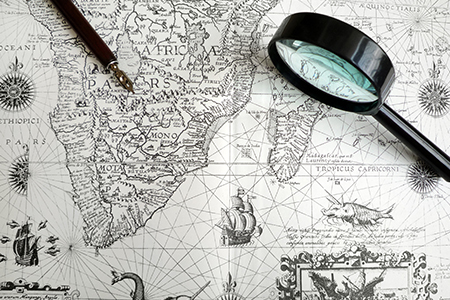
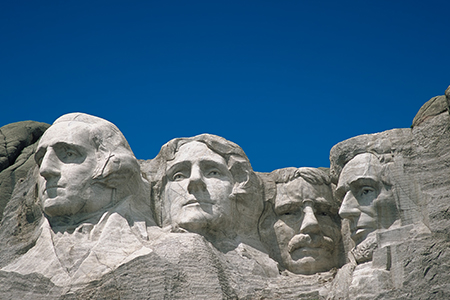


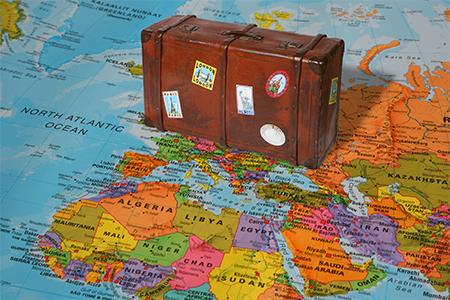
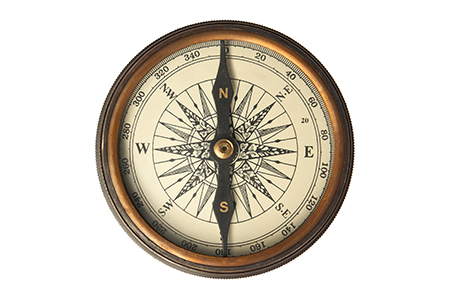
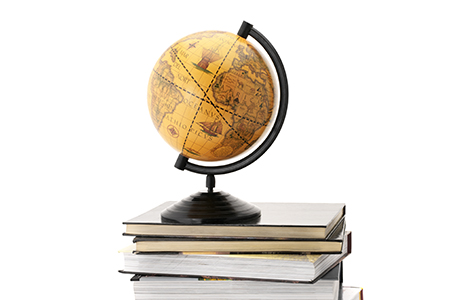



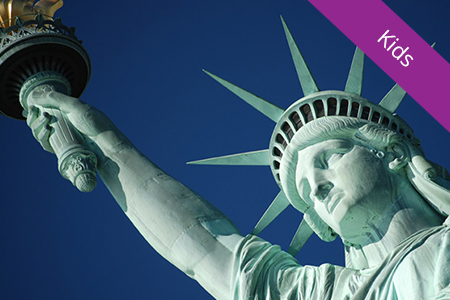

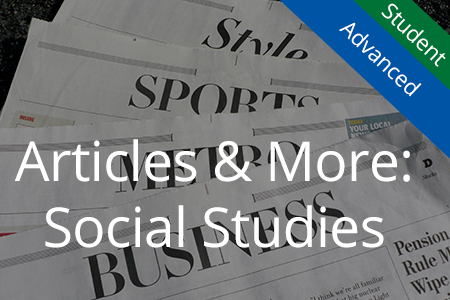

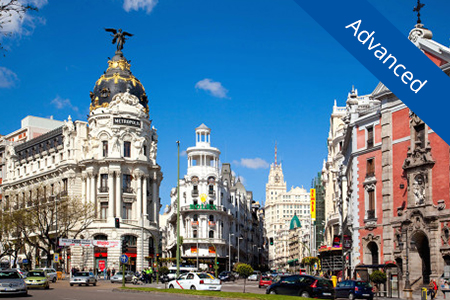

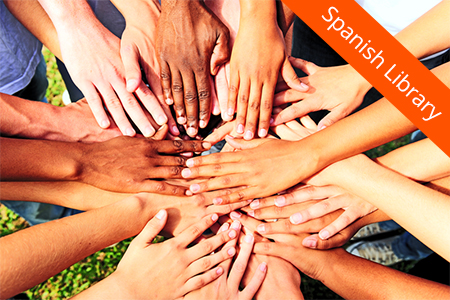







Browse All Social Studies Courses
All About Careers
American Government
Ancient Citizens in Ancient Civilizations
Biblical Philosophy of Government
Checks and Balances
Constitution and Bill of Rights
Discovering American Folktales
Elementary Economics for First Grade
Elementary Economics for Second Grade
Elementary Economics for Third Grade
Elementary Economics for Fourth Grade
Elementary Economics for Fifth Grade
Elementary Economics for Sixth Grade
Exploring Citizenship in First Grade
Exploring Social Studies for Beginners
Foods and Food Production
Free Market Economics
Free Men and Free Markets: Government and Economics
Growing in Citizenship in Second Grade
Kindergarten Social Studies
Learning About World Cultures
Mock Trial
Preschool Playground: Social Studies
Rights of Citizens for Third Graders
Rights of Citizens for Fourth Graders
Seven Principles of Liberty: Government from a Christian Perspective
Stepping through History: Starting with You
Stories of Great Americans for Little Americans
Western Hemisphere Social Studies
Who Are Community Helpers?